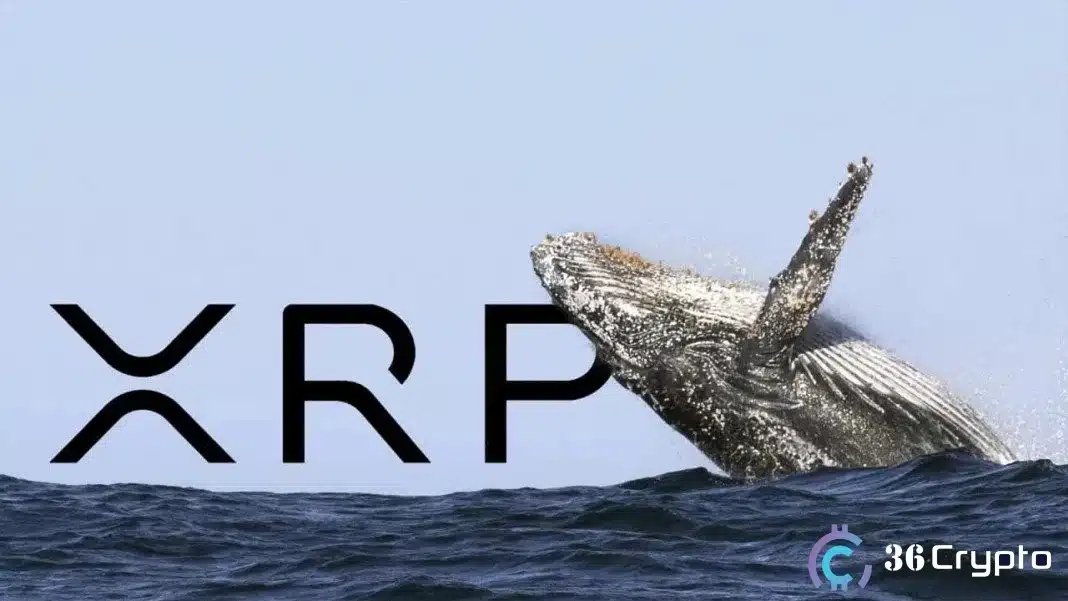Morgan Stanley’s Chief Investment Officer, Mike Wilson, has upended conventional wisdom surrounding the classic 60/40 portfolio, advocating instead for a 60/20/20 mix. Gold now joins bonds as a direct allocation for investors seeking resilience in a time of inflation and market volatility.
A new framework from Morgan Stanley
Instead of relying solely on bonds to offset equity risk, Morgan Stanley recommends a 60/20/20 model that shifts 20% of the portfolio into gold, positioning it as a superior inflation hedge over Treasuries and suggesting shorter-duration bonds to optimize rolling returns. Wilson explained:
This marks a break from tradition, as gold outperformed bonds as the classic diversifier for equity portfolios over the last two decades.
There has been a global uptick in gold purchases lately, with El Salvador, the BRICs (Brazil, Russia, India, and China), and Poland all ramping up purchases to historic levels, and central bankers expecting to buy more gold.
For investors, this means revisiting assumptions about risk protection. Gold’s safe-haven profile and independence from real rates have converted it into a portfolio mainstay.
Morgan Stanley acknowledges that U.S. equities offer “historically low upside” over Treasuries, while long-term bonds are under pressure from rising yields and tight credit spreads.
Implications for investors
For investors, the new split offers greater protection against inflation and geopolitical risk, which is critical as central banks face supply-side dilemmas and surging deficits.
For the U.S. Treasury, Morgan Stanley’s revised portfolio falls like rain on a picnic, as macroeconomist and goldbug Peter Schiff pointed out:
The 60/20/20 portfolio offers higher risk-adjusted returns compared to a pure reliance on bonds, given the fragility of credit markets and uneven rate hikes. Gold’s “anti-fragile” status complements high-quality equity holdings, especially as real interest rates decline in downturns.
Morgan Stanley recommends shorter-duration Treasuries for bond allocations, focusing on five-year notes to better capture returns.
For crypto markets, Morgan Stanley’s elevation of gold is a double-edged sword. The move unveils a deepening skepticism towards fiat debt and long-term government bonds, concerns mirrored by Bitcoin and digital asset advocates.
As investors search for alternatives not correlated with conventional finance, Bitcoin’s digital scarcity narrative becomes increasingly appealing.
Both gold and Bitcoin benefit from narratives around dollar debasement, but institutional advice still aggressively favors gold for now.
Morgan Stanley’s shift to a gold-heavy hedge is a warning shot across the bow of “set and forget” investing. Investors must adapt to a world where classic bonds are losing ground to alternatives that prove their worth in volatility. Bitcoin’s claim as digital gold may have to compete even harder for institutional recognition.
Source: https://cryptoslate.com/why-morgan-stanleys-revised-60-20-20-portfolio-is-a-wake-up-call-for-investors/



